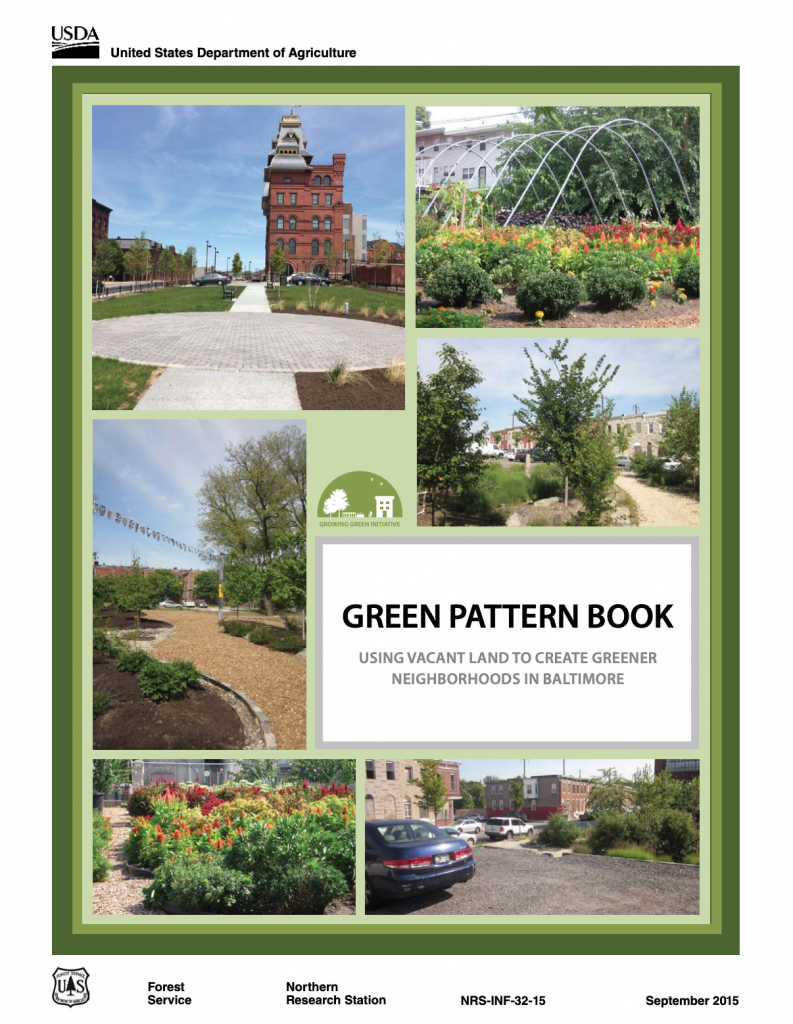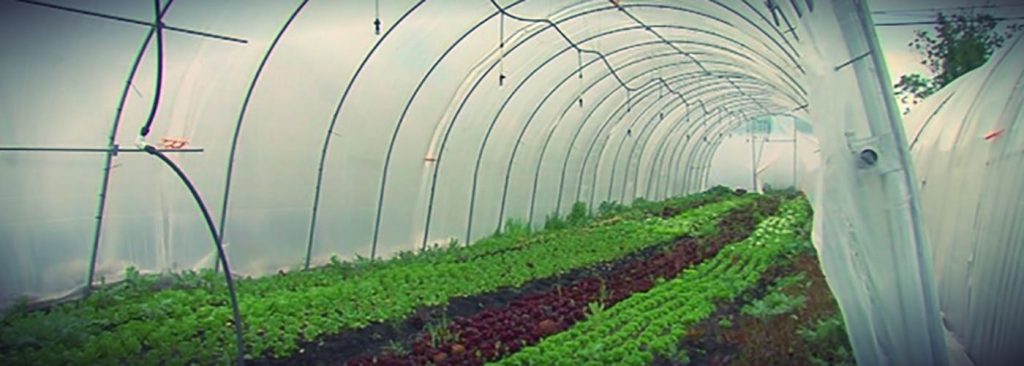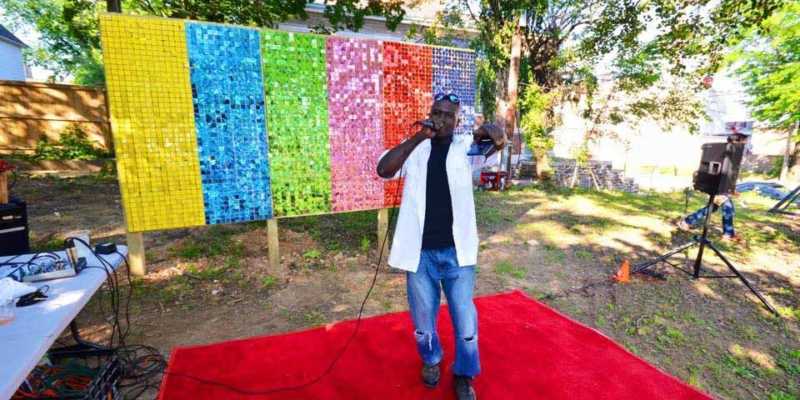City: San Francisco
Country / US State / US Territory: California
Type of Solution: Green Infrastructure, Streets
Climate Impact: N/A
Social Value Created: Diverse Transportation; Public Health and Safety; Active Living and Recreation; Public Education; Urban Beautification; Social Cohesion; Public Spaces
The San Francisco Public Utilities Commission (SFPUC) is implementing various green infrastructure projects to improve stormwater management as part of its Urban Watershed Assessment. San Francisco has a combined sewer system, posing an increased risk to public health during heavy precipitation events if sewers overflow.
In addition to stormwater management, social value has been co-created by many of the projects. Many projects improve walkability and bikeability of streets, traffic calming and reduced congestion, and provide more spaces for community gatherings, which contributes to urban beautification and increased social cohesion.
Thus far, SFPUC has completed six green infrastructure projects. Eight additional projects are currently underway. These projects were identified in a participatory planning workshop held by SFPUC in 2007.
Cesar Chavez Streetscape Improvement is a demonstration project for the Better Streets Plan that was completed in the Mission neighborhood. 18 rain gardens were constructed along a half mile portion of a street. Trees and drought-tolerant landscaping were also planted to help manage stormwater. Additionally, traffic-calming bulb-outs were constructed and a bike lane was created to improve pedestrian and bicycle safe.
Newcomb Avenue Green Street is another green infrastructure project that has been completed to improve stormwater management. This project focused on creation of community gathering spaces and urban beautification in addition to traffic calming improvements. Additionally, the project helped to improve property values for residents.
Sources:
City and County of San Francisco Planning Department. (n.d.). Newcomb Avenue model block streetscape improvement project. Retrieved from http://sf-planning.org/newcomb-avenue-model-block-streetscape-improvement-project.
The Adaptation Clearinghouse. (2016). San Francisco Public Utilities Commission green infrastructure projects. Retrieved from http://www.adaptationclearinghouse.org/resources/san-francisco-public-utilities-commission-green-infrastructure-projects.html.




